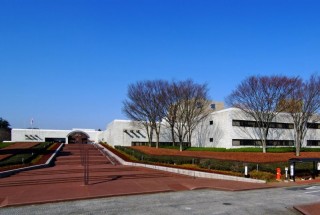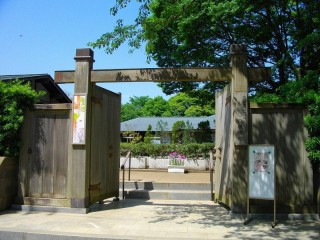Loading
Search
▼ National Museum of Japanese History
- Category:Tourism

JAPAN TRAVEL
See Millennia Of Japanese History And Folklore In A Day
For history buffs, budding archeologists, and those intrigued by Japan’s traditional culture, The National Museum of Japanese History is a must-see treasure trove of artifacts and displays. The museum is located in Sakura City, a short distance from Narita Airport. It’s a great place to get an overview of Japan’s millennia of history whether you are winding up or just starting your visit to Japan.
The museum was commissioned in 1966 to celebrate the centennial of the Meiji Era. The award-winning building was designed by Yoshinobu Ashihara, whose Komazawa Olympic Park and Control Tower is a landmark in Tokyo. The museum stands on the site of Sakura Castle ruins in Sakura City in Chiba Prefecture. All that remains of the castle is the moat and a bridge, but the site is a great cherry blossom view spot. The museum houses nearly 10,000 historical artifacts in six galleries, and hundreds of thousands of archaeological and cultural artifacts in their collections. The museum’s aim is to present archaeology, history, and folklore spanning the time from the earliest human habitation of Japan. It leaves off in the Showa Period, marked by the rapid economic development of the 1970s. The museum not only provides displays of artifacts but also access to the collections for scholars. Visitors can see the results of ongoing research in the special exhibitions.
The huge museum of 130,000 square meters takes some time to see, so budget at least half a day here. Each gallery focuses on one long span of Japanese history to show the lives of the ruling class and common people.
The museum provides English language headsets to visitors. Photography is allowed for some objects on display, so keep your camera handy to capture some of the beautiful and startling art and artifacts you encounter, including full-sized reproductions of Tokyo streets and period homes. Outside the museum is the Botanical Garden of Everyday Life, documenting flora used for centuries as food, textile dyes, and paper production. Sakura City also boasts three fine examples of samurai quarters which are open for viewing, rounding out a day trip to the city.
Getting there
Keisei Sakura Station is 20 minutes from Keisei Narita Station, and 55 minutes from Keisei Ueno Station. The museum is a 15-minute walk or a 5-minute bus ride.By Elizabeth S
- September 12, 2020
- Comment (0)
- Trackback(0)



